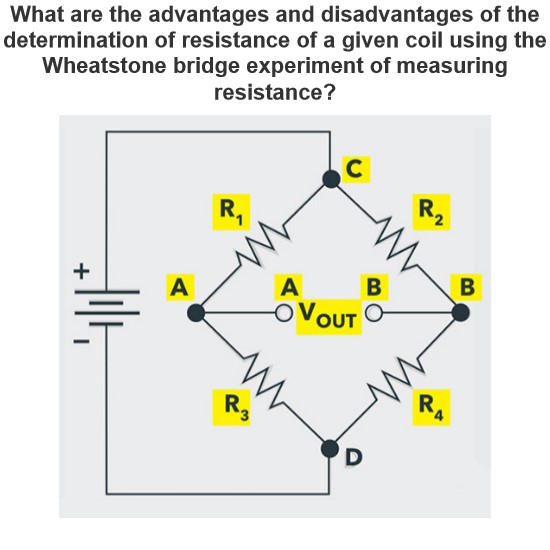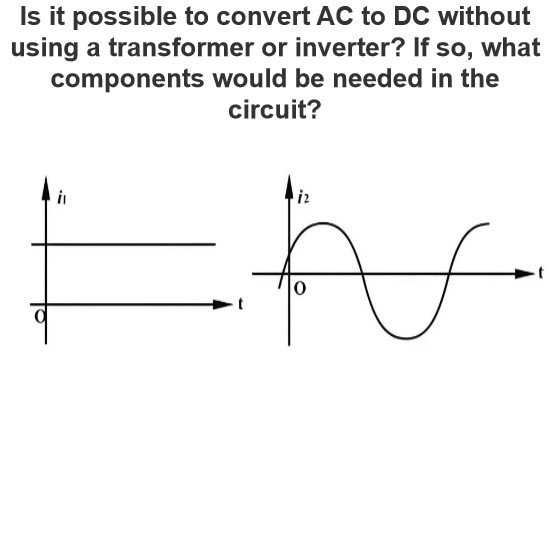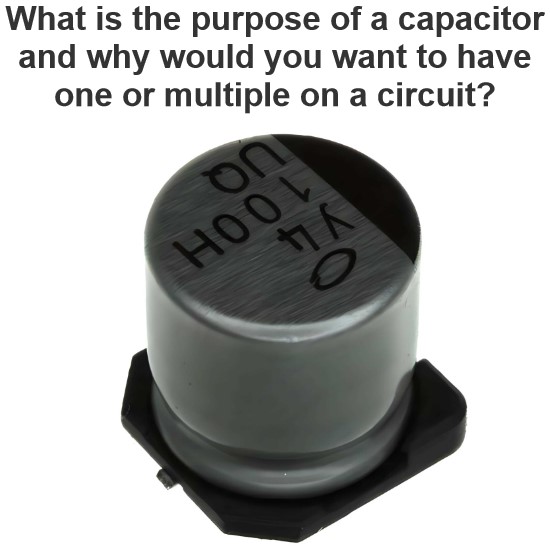What is the use of magnets? Why do we see light on the magnet?
Uses of magnets
Applications in electrical equipment
Generator: In a generator, the magnet is the key component that generates the magnetic field. For example, in a synchronous generator, the magnet on the rotor (which can be a permanent magnet or an electromagnet) rotates, causing the stator winding to cut the magnetic force line, which generates an induced electromotive force according to the principle of electromagnetic induction, and then converts mechanical energy into electrical energy.
Motor: The working principle of the motor is based on the action of the magnetic field on the current. The magnet (stator magnet or rotor magnet) generates a magnetic field. When the current passes through the coil of the motor (rotor or stator winding), the magnetic field interacts with the current to produce an amperage force, which makes the rotor of the motor rotate and realizes the conversion of electrical energy to mechanical energy. For example, in a DC motor, a permanent magnet acts as a stator to generate a fixed magnetic field that controls the rotation direction and speed of the rotor by changing the direction of the current in the armature winding.
Applications in electronic devices
Speakers and headphones: Speakers and headphones use magnets to convert electrical signals to sound. In a speaker, there is a permanent magnet and a coil (voice coil) connected to the audio signal. When the audio current passes through the voice coil, the voice coil vibrates under the action of the amperage force in the magnetic field of the permanent magnet, and this vibration is converted into sound through a structure such as the paper basin of the speaker. Headphones work in a similar way to speakers, but are smaller and more compact.
Magnetic storage devices: Traditional hard disk drives (HDDS) use magnetism to store data. Inside the hard disk are high-speed rotating platters coated with magnetic materials. Data is written and read on the platter by means of a magnetic head (containing electromagnets). The magnetic head can generate a magnetic field, changing the direction of magnetization of the magnetic material on the disk as needed to represent the 0 and 1 of the data.
Applications in industry and daily life
Magnetic clamps and lifting equipment: In industrial production, the magnetism of magnets can be used to manufacture magnetic clamps for fixing and handling workpieces of ferromagnetic materials. For example, in the machining shop, magnetic fixtures can easily fix small parts on the workbench for machining. Lifting magnets can be used to lift large pieces of ferromagnetic materials, such as the recycling process of scrap steel, lifting magnets can easily lift several tons of steel waste.
Magnetic sensors: In the automotive industry, magnetic sensors are widely used. For example, speed sensors use changes in magnetic fields to detect the speed of a wheel. In some access control systems, magnetic sensors are also used to detect the opening and closing state of the door, and signal detection and transmission are realized through the magnetic field interaction between the magnet and the sensor.
Medical field: In medical imaging techniques, such as magnetic resonance imaging (MRI), powerful magnetic fields and radio frequency pulses are used to interact with hydrogen nuclei in human tissues, and then by detecting the signals emitted by the hydrogen nuclei to generate detailed images of the inside of the human body
The cause of the light seen on the magnet
Normally, magnets don't emit light on their own. If you see light on the magnet, there may be several cases:
Reflection of external light: the surface of the magnet may be smooth and will reflect the light in the surrounding environment, for example, under strong light, the surface of the magnet reflects light like a mirror, giving a person the illusion of light on the magnet.
Special optical effects of magnetic materials (less common) : Some magnetic materials may have some special optical phenomena under specific magnetic field conditions, such as magneto-optical effects. Magneto-optical effects include the Faraday rotation effect, in which the direction of polarization of light rays rotates as they pass through magnetic materials. If in a specific experimental device or special magnetic material, this change in light due to the magneto-optical effect may be observed, but this is not a common phenomenon of ordinary magnets.
The Electricity Encyclopedia is dedicated to accelerating the dissemination and application of electricity knowledge and adding impetus to the development and innovation of the electricity industry.




